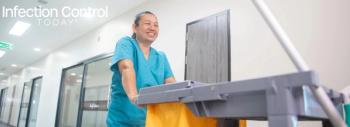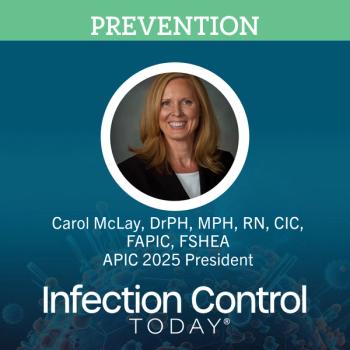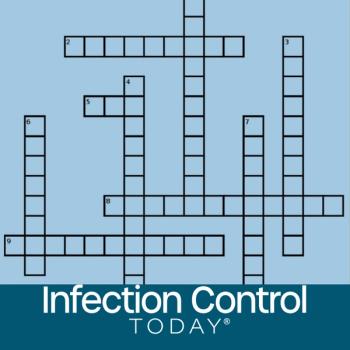
UK Study Confirms Significant Reduction in Hospital Pathogens with TRU-D SmartUVC Disinfection Robot
A recent study, "First UK evaluation of an automated ultraviolet-C room decontamination device (TRU-D)" confirms the effectiveness of TRU-D SmartUVC in eliminating common superbugs in healthcare environments. The study was conducted by the Department of Clinical Microbiology and Infection Prevention and the Control Department at Nottingham University Hospitals NHS Trust's QMC campus in Nottingham, England, and was published in the Journal of Hospital Infection (N. Mahida, et al., 2013). The research concluded that when delivering a measured and consistent UV-C dose in a cleaned, unoccupied patient room, TRU-D reduced MRSA, MRA and VRE pathogens by 99.99 percent. Additionally, the study complements the ease of use and transporting the device, as well as its rapid disinfection time.
TRU-D was the only device utilized in the study. Short for Total Room Ultraviolet Disinfector, TRU-D the signature product of Memphis-based Lumalier precisely measures reflected UV-C emissions with Sensor360 to automatically calculate the pathogen-lethal UV dose required for proper and consistent disinfection of health care environments. A proper dose of UV-C light modifies the DNA structure of an infectious cell so it cannot reproduce and therefore cannot colonize and spread.
After a hospital room is cleaned using traditional methods, TRU-D is rolled into the room to "finish the job." Set-up is fast and easy and does not require input of room measurements or covering of windows and vents. The machine is turned on from outside the room using a handheld remote. From a single placement near the center of the room, its patented Sensor360 technology instantly analyzes the unique contents, shape and size of the room, then floods the targeted space (both line-of-site and shadowed spaces) with the proper dose of germicidal energy. TRU-D spends whatever time is necessary (usually 20 to 35 minutes) to confidently eliminate infectious germs from contaminated surfaces before shutting down and audibly notifying the operator that disinfection is complete.   Â
In this UK study, TRU-D was used in six side-rooms in Nottingham University Hospital NHS Trust's QMC campus' intensive therapy unit, an operating theater and a ward isolation room with an in-suite bathroom. The device was placed in the middle of the room, and contact plates inoculated with clinical strains of MRSA, MRA, VRE and aspergillus were placed on 15 touch surfaces in both direct and indirect (shadowed) line of sight of TRU-D. After one disinfection cycle, the plates were then reapplied to surfaces directly adjacent to the original plate locations. The study specifically notes TRU-D's capability "to significantly reduce key health care nosocomial pathogens (MRSA, VRE, MRA) in the hospital environment," including the operating theatre; and that advantages include the device's simplicity and limited training needed by staff to operate TRU-D.
"Healthcare leaders around the world are recognizing the importance of adding automated no-touch disinfection technology to comprehensive manual cleaning routines already in place," says Chuck Dunn, president of Lumalier. "TRU-D is being used in hundreds of hospitals around the U.S. and Canada, and we will continue to expand our science-based market leadership in the UK."Â
Newsletter
Stay prepared and protected with Infection Control Today's newsletter, delivering essential updates, best practices, and expert insights for infection preventionists.






